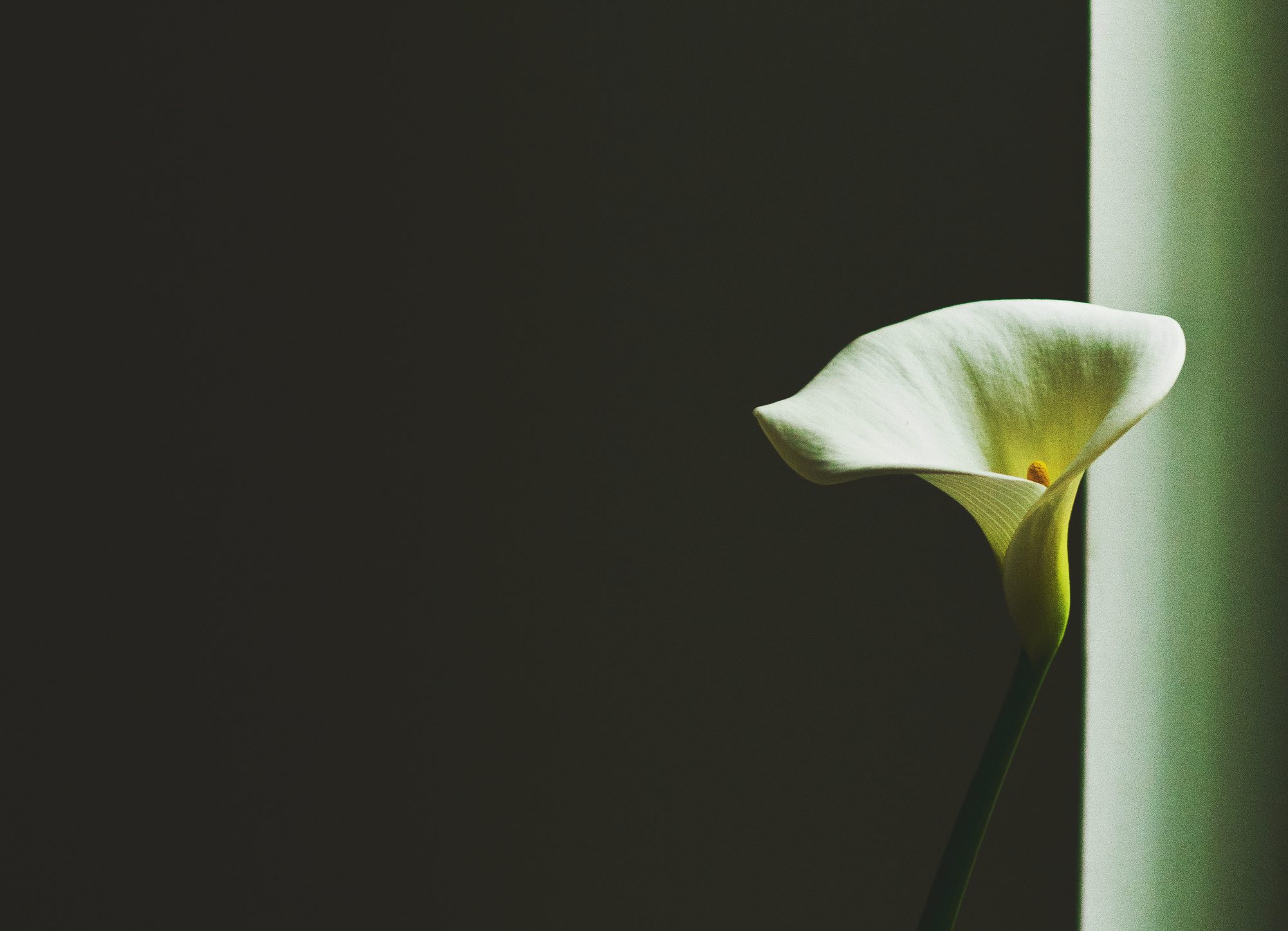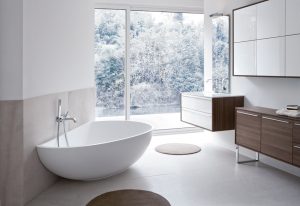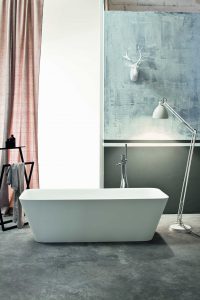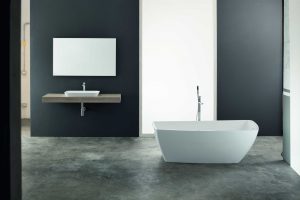In the course of history the definition of ‘the bathroom’ has assumed different meanings, passing from a shared outdoor space, dedicated to physiological needs, to an exclusive area for personal hygiene and body care in private houses. During the evolution through different cultures and eras, newer interior fixtures and innovative materials have been created to suit body care and human relaxation. The bath tub is a clear example.
The first bathroom dates back to 1700 b.C. Discovered in the antique palace of Knossos (on the island Crete), it was a leading-edge architectural structure, considering the period and boasted an extraordinary water system.
It became popular later in Greece within the Gymnasium schools and was used quickly after sporting activities. When it later arrived in Rome, in the third century b.C., it assumed a different cultural and social role. The bath became an elitist shared space for relaxing time within public hot springs, rich in perfumed ointments and fragrances. After the barbaric invasions, the Roman Empire lost its wealth of natural health centres because they were almost entirely destroyed.
With the increasing dominance of ecclesiastical power, the bathroom, in particular the bath tub, lost its value over the centuries, eventually becoming banned due to its relation to water use and body care. Such activities were considered in those times an expression of extravagance.
Only in the nineteenth century did hygiene and cleanliness, which before were an elitist ritual performed in the presence of servants, finally play a significant role in aristocratic routine, becoming important moments for privacy and relaxation.
From here a modern definition of the bathroom was born: it became an area for psychological and physical well-being, with a well-finished architectural structure composed of multifunctional elements and materials.
With its imperial roots, today, more than ever, the bathroom is a real sensorial moment, equal to a luxurious spa, and subject to the tastes and trends of high fashion.
Many interior designers, in recent years, have devoted their time to working on bathroom fixtures, with scrupulous attention to every single detail, in order to personalise the space and create a relaxing oasis in the intimacy of a house.
“The bathroom as a timeless refuge from the world, a place where time does not exist” – the curators of the exhibition “Toilet: the birth of intimacy”, 2015 Paris
Contemporary lines, technological accessories and minimal-chic simplicity are the 2016 bathroom design trends, with a particular focus on the contrast between volume and empty space. It’s a style typical of Zen or the Industrial look and it’s also the most popular style of the year.
ZEN STYLE: NATURAL MINIMALISM
Energy and meditation, typical in Zen culture, are expressed through sinuous design and are brilliantly blended with natural wood tones, clean white and elegant black.
The style, coming from Japanese culture, features clean lines, natural materials and airy spaces, creating the ideal place to create psychological and physical balance.
The main element in a zen-style bathroom is the bath tub, comfortable and spacious, in a typically soft and rounded structure, embellished with innovative materials which recall the beauty of natural stone.
This style is highly recommended for those who appreciate the intrinsic minimalist quality of nature, the union of opposite shades, the harmony of dark and light.
INDUSTRIAL STYLE
Basic and functional design make the Industrial style unique. It features clean lines, solid materials and minimalist design.
The style recalls the typical, rigorous architecture of large scale industry with its imposing size and simple design.
The Industrial Style bathroom is designed for those who enjoy, in a clean-cut geometric space, the equilibrium between body and mind, creating an exclusive area for well-being.
The fixtures are carefully chosen: black metal, resins and steel blended with wooden surfaces, create a fascinating urban-chic atmosphere.
Here the optical white of the bold-shaped bath tub creates a feeling of linearity and perfection, which is ideal for psychological and physical relaxation after a working day.






